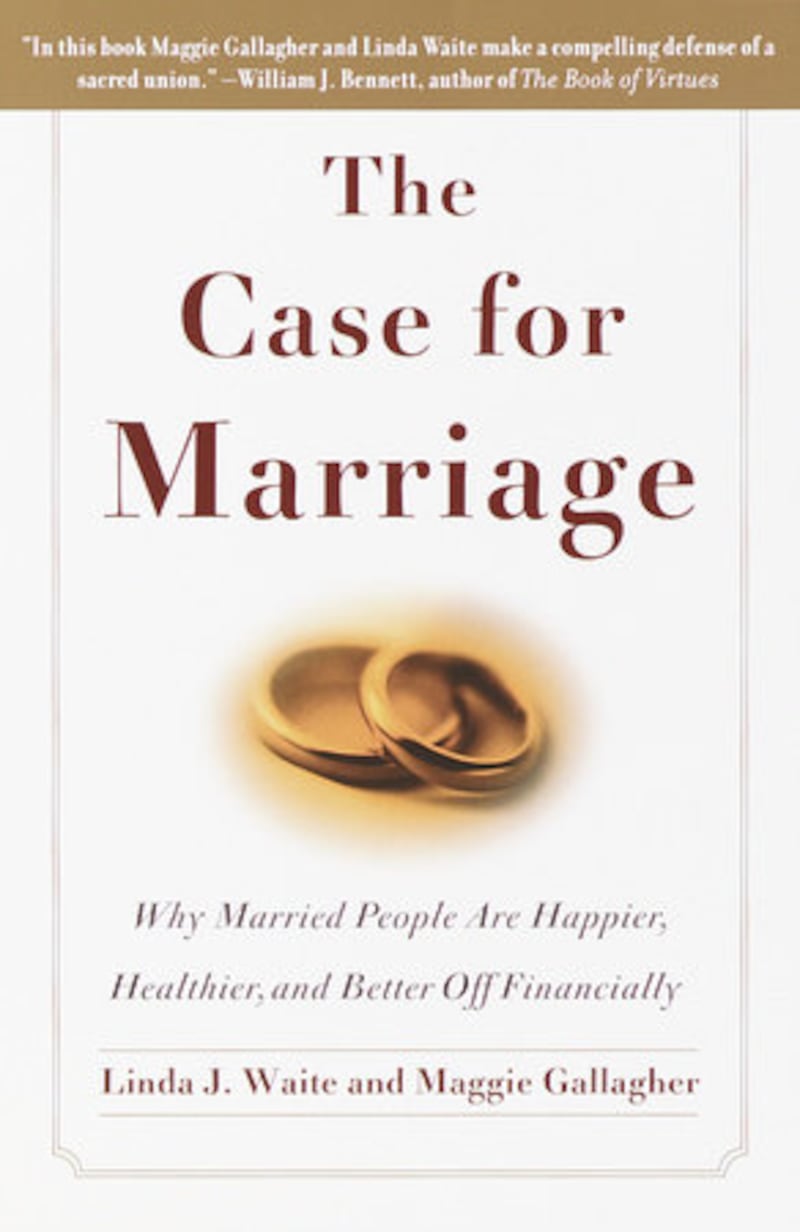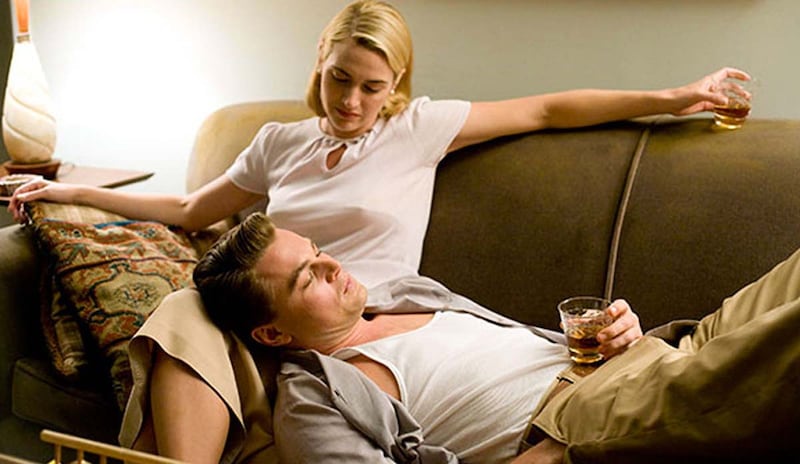Sexual equality, contends an English professor in Jeffrey Eugenides’ novel The Marriage Plot, was good for women but terrible for the novel. And the advent of divorce provided its ultimate death knell. “What would it matter whom Emma [Bovary] married if she could file for separation later?” he asks.
The professor certainly raises an interesting point. But as divorce rates remain high, and marriage rates trend down, we might cast our nets a little wider and ask not just how this affects the institution of the novel (an important question though it may be), but what it might mean for everything else. It seems, for better or for worse, that we are living in an era of the anti-marriage ideologues.
By the beginning of the 21st century the number of those marrying in the United Kingdom had halved compared to the previous generation. Sociologist Mark Regnerus estimates in his book Cheap Sex (2017) that a third of people in their 20s would never marry. The average age of marriage in Ireland – at 35 – is the highest in Europe, a statistic that runs counter to what we might assume of a country until recently overwhelmingly Catholic and replete with conservative mores.
It is a feature of poorer countries that women marry younger, and have babies sooner
But this evolution ought not be hard to explain. The age of marriage has been ticking up across the West for sometime now. It is a feature of poorer countries that women marry younger, and have babies sooner (more of them, too). It figures that the West is heading the other way: people are individually wealthier, they can choose to have children later in life, they opt to have fewer, and they can (gasp!) even do so while unmarried.
And of course women have careers of their own to pursue before becoming burdened with a cumbersome legal commitment to another human, whom after several years they probably will not like anyway. Nearly half of marriages in the US end in separation or divorce and the figure is nearly as high in the UK, so why even bother in the first place? The institution is tired, archaic, patriarchal, limiting, joyless, delusional, and frankly at odds with everything we ought to hold dear in a liberal egalitarian society.

This is, at least, what we are frequently told. Authors of The Case for Marriage, Linda Waite and Maggie Gallagher, explain this phenomenon as “post-marriage culture”. Marriage, they say, was once a prerequisite to being a functioning member of society and bachelorhood a perilous endeavour. Now it is seen as a threat to individual fulfilment, a barrier to realising full potential and even, for some, a surrender of feminist credentials to the clutches of patriarchy.
This strikes me as a natural end point to the hyperindividualism that has been slowly taking over – and perhaps corroding – public life for some time now. And it seems akin to the mode of thinking that endorses self-preservation and satisfaction over interpersonal obligation. Perhaps it is something that may dwindle over time as we heed the lessons of Covid-19 and realise the indispensable importance of communitarianism.
The apogee comes when the husband tells his wife he wishes she was dead
But no matter the trend’s capacity for reversal, the pessimism that shrouds the institution of marriage on a cultural level is hard to ignore. Marriage Story is Noah Baumbach’s much celebrated film about a couple’s descent into a disturbing and wretched divorce. The apogee comes when the husband tells his wife he wishes she was dead. A few years prior, in the screen adaptation of Revolutionary Road, Leonardo DiCaprio and Kate Winslet play a couple whose lives are destroyed by children and betrothal. It is a wonderful film, but hardly rosy.

And this ubiquitous negativity is not just a feature of recent history. In a rather lively 1966 essay sociologist Mervyn Cadwallader called marriage a “domestic tragedy” that was no longer fit for purpose in a rapidly modernising world. He laments the endeavour as the end of “voluntary affection”, the point where a romance transmutes into dullness, and something teleologically geared to constriction and destruction.
This is not a scientific assessment, but rather a gentle inquiry: If we are consistently told how likely it is that marriage will end in divorce, that the hazards are unavoidable and the entire affair wretched and destined for failure, or in the very least, unhappiness, then might it become somewhat of a self-fulfilling prophecy?
Maybe there is little at stake and the institution will fade away organically just as all things out of step with modernity eventually do. Perhaps we are witnessing the demise of the nuclear family in real time. Does society really lose anything when it loses husbands and wives? Maybe not.
But Jessica Grose’s recent article in the New York Times titled “Yes, there’s romance to marriage” was a remarkably refreshing take on, and perhaps necessary corrective to, the otherwise pervasive cultural sentiment. In it she laments the narrative over-saturation in popular culture that marriage is where the excitement in life goes to die.
There is, of course, much to celebrate about a world that can accommodate families and relationships in myriad forms. But where are the stories where the lives of its characters do not screech to a halt the second they exchange vows at the altar?











